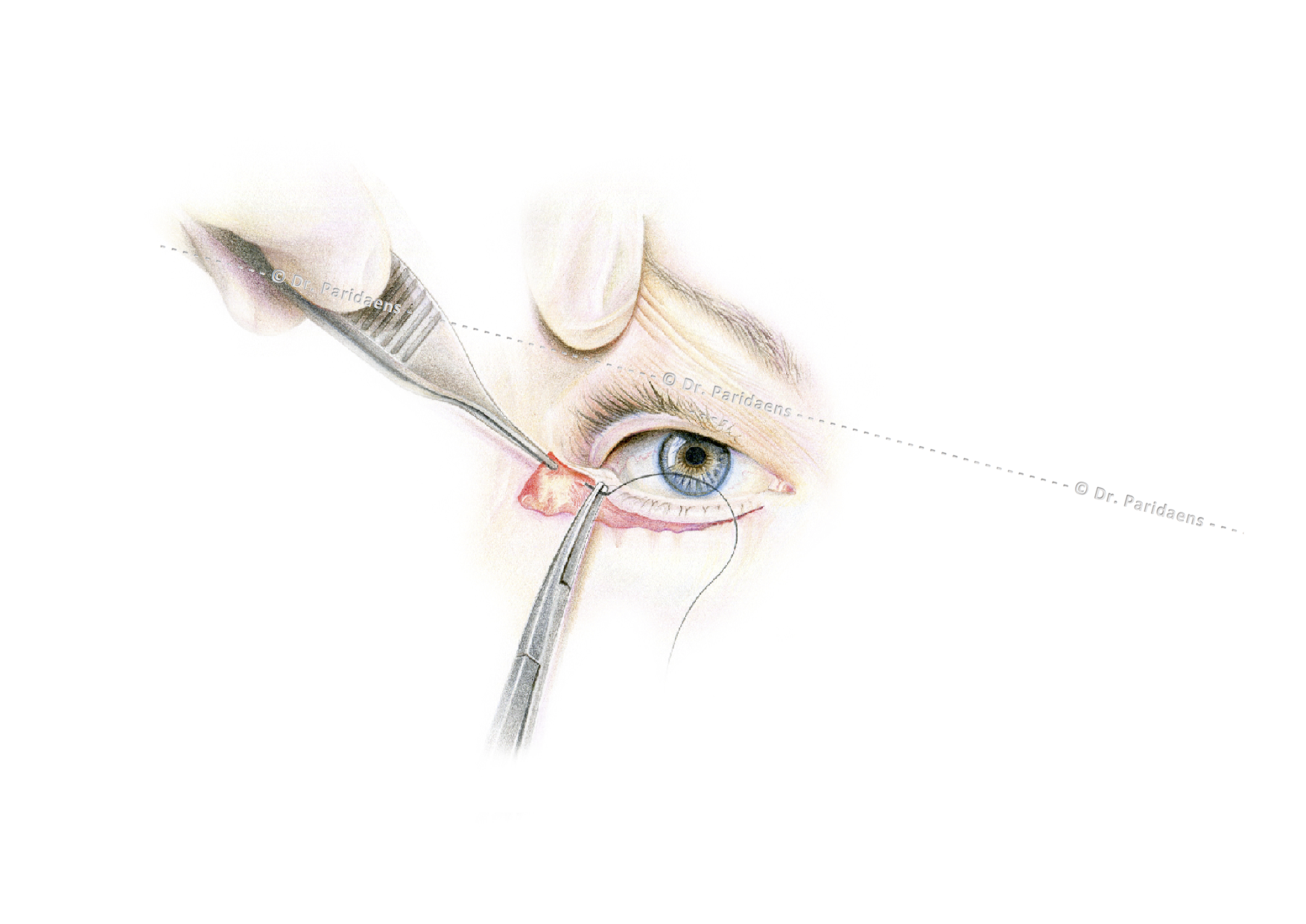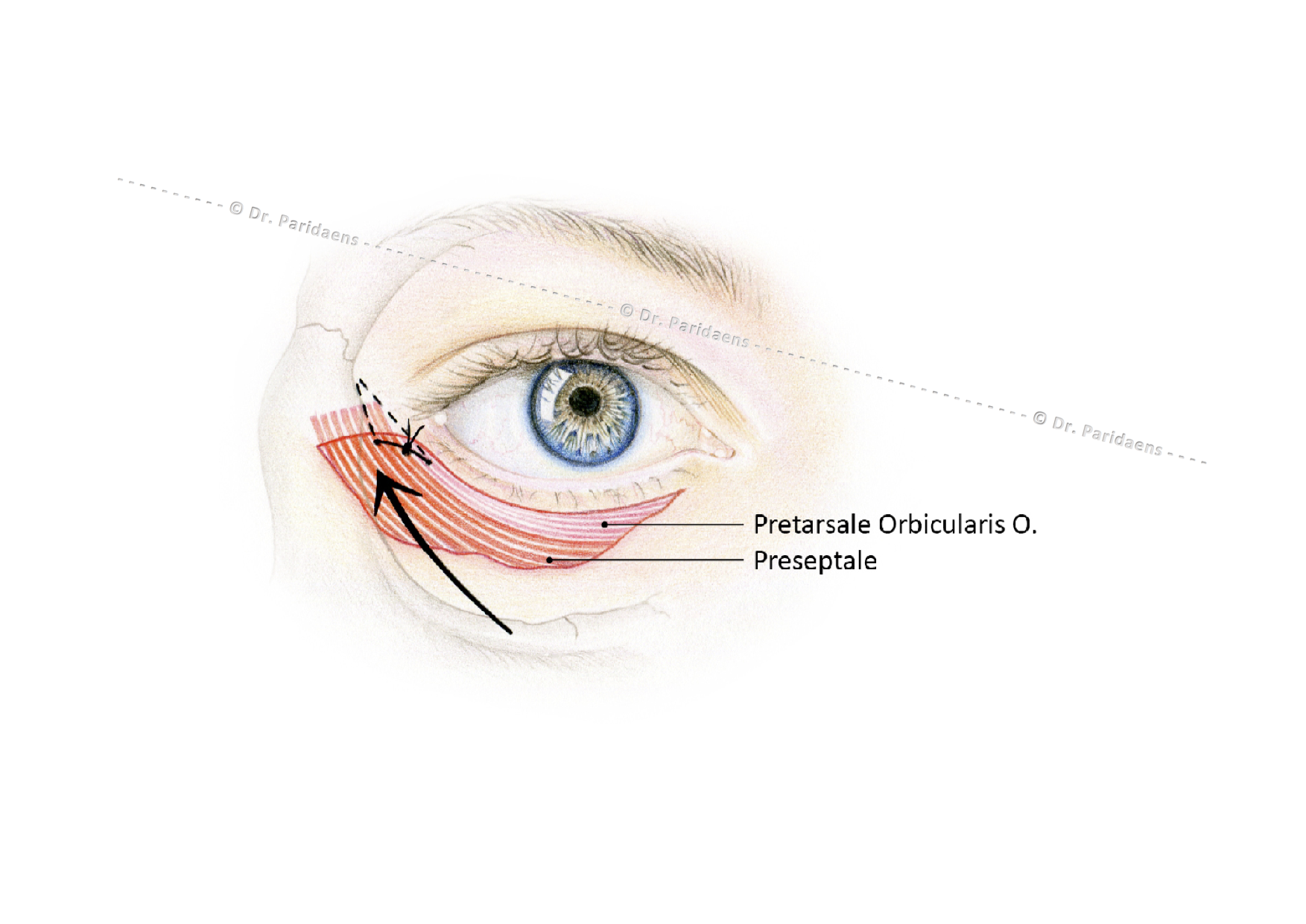Lower eyelid bags or skin excess: what is it and what causes it?
In the Focus clinic of the Rotterdam Eye Hospital I see many clients with a request for lower blepharoplasty. Most have a mild to moderate degree of skin excess, some even severe. Smokers often present with festoons: focal excess of skin presenting as skin bags in the lowest point of the lower eyelids. Eyelids may also show fat excess, especially notable in clients with overweight or familar dermatochalazis (skin excess due to loss of elastin fibers). Lower lid dermatochalazis adds to a tired expression, which often does not reflect the energy status of the client.
Why lower blepharoplasty requires surgical expertise..
Blepharoplasty of the lower lids is more complex from a surgical point of view and is less forgiving than upper blepharoplasty, which is a very commonly performed procedure. Starting surgeons, especially those who lack proper oculoplastic surgical training through a fellowship program, soon find out that lower lid surgery may be rather complex, but unfortunately at the cost of a good result for their clients.

Why is lower blepharoplasty more difficult than upper blepharoplasty?
Visibility of scars
Firstly, the incisions in the upper eyelids are hidden in the upper lid sulcus. Only very close to the nose and at the lateral end we may see a temporarily visible scar, that generally heals very nicely over the months postoperatively and can be camouflage with a foundation in the initial phase. In the lower lids the scars can be visible for weeks to months, the latter especially in smokers, despite the fact that they are placed in the relaxed skin tension lines (the natural skin lines that occur during the aging process) (“hidden incisions”).

Influence of gravity
Secondly, there may be some laxity of the lower eyelid due to weakening and aging of the lid and the ligaments that attach the lid to the bone. In addition, the gravity pulls the eyelid tissues downwards. If the lateral part of the lower eyelid is not adequately shortened or fixed to the bone, any excision of skin may lead to malposition of the eyelid (lower lid retraction), which is assisted by gravity force. Therefore, the lower lid surgeon needs to address this point by 1. adequate canthopexy or canthoplasty (procedures to fix the eyelid to the bone) 2. to limit the amount of vertical excision of skin during blepharoplasty, especially when the eye is relatively protruding or the cheek bone is flat and 3. to introduce an outward/upward vector that counteracts the gravity vector by placing deep supporting sutures in the soft tissues just outside the lateral corner of the eyelids
